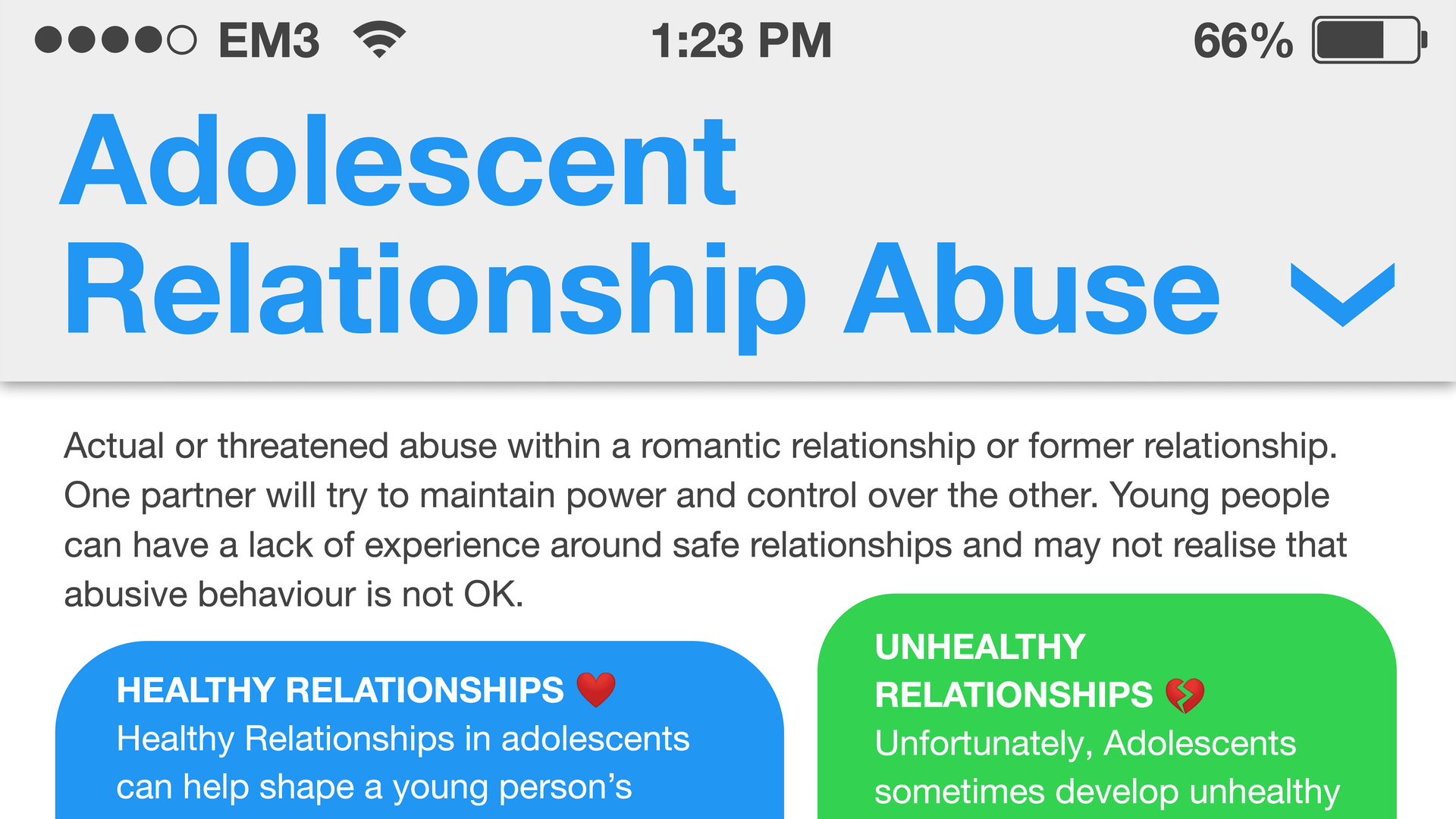HAZMAT & CBRN Decontamination Process
““National Ambulance Resilience Unit (NARU) and NHS England highlight how the Initial Operational Response (IOR) impacts upon Hazmat/CBRN response for staff working in the front line of the NHS.””
New Processes
First aid approach to decontamination.
Dry decontamination as the default response to chemical exposure.
Wet decontamination may still be required.
Based on evidence-based research from the ORCHIDS project.
Designed with the best interests of the patient – its quicker and reduces exposure.
Which Decon Option?
Dry Decon
Exposure to:
Chemicals – no signs of;
Itchiness
Burning
Red eyes
Wet Decon
Exposure to:
Chemicals – signs of;
Itchiness
Burning
Red Eyes
Radioactive materials
Biological materials
If wet decon is required, still undertake dry decon (in best interest to the patient) unless a shower is ready for use.
Decon Process
Maintain a safe distance of approximate 2m and adopt the look but don’t touch principles.
If you need to come into contact with the patients don; Long sleeve gown, eye protection, FFP3 Mask and Gloves.
Non-contaminated patients and visitors will be moved from the area.
Security and Nurse in Charge will be notified and secure the area.
Casualties will disrobe whilst staff monitor from a distance. Do not allow items to be removed over the top of their head – cut off if necessary.
Casualties will step forward to dry decon – wiping down from top to bottom.
Casualties will re-robe.
Casualties will be reassessed and booked in as necessary.
The area will remain closed until relevant cleaning has been undertaken.
Further Reading
- St. Emlyn's Blog: CBRN – An Introduction







